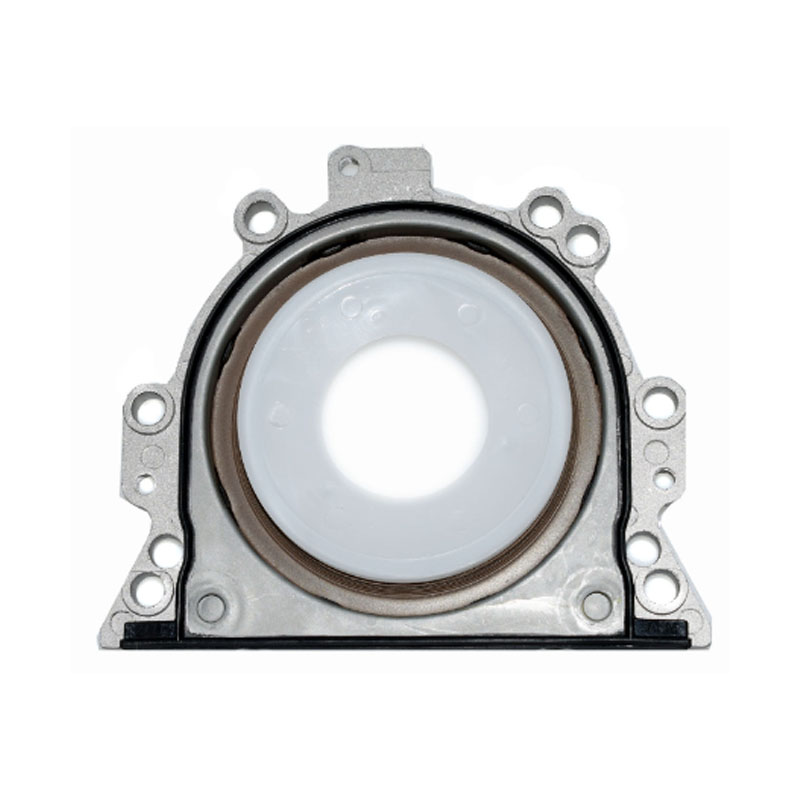Seal Upgrade for Enhanced Power Steering Performance and Reliability in Automotive Applications
Understanding Power Steering Cup Seals Importance and Functionality
Power steering systems have become a fundamental component of modern vehicles, enhancing driver comfort and control. Among the various components that contribute to the smooth operation of these systems, the power steering cup seal plays a crucial role. This article delves into the significance, function, and maintenance of power steering cup seals.
What is a Power Steering Cup Seal?
The power steering cup seal is a vital component found within the hydraulic power steering system. It is designed to prevent fluid leakage and maintain pressure within the power steering unit. Typically made of durable rubber or synthetic materials, these seals are engineered to withstand high temperatures and pressures generated by the fluid dynamics of the steering system.
The Role of Cup Seals in Power Steering Systems
Power steering systems use hydraulic force to assist drivers in steering their vehicles. This system consists of various components, including a pump, actuator, valve, and, importantly, seals. The power steering cup seal is particularly crucial because it is located within the steering gear or rack and pinion assembly.
1. Fluid Retention The primary function of the cup seal is to maintain the hydraulic fluid within the steering system. If the seal is damaged or worn out, fluid can leak, leading to a drop in pressure and reduced steering assistance.
2. Prevent Contamination In addition to retaining the fluid, cup seals also prevent dirt and debris from entering the system. Contaminants can cause wear and tear on other components, leading to expensive repairs and diminished performance.
3. Ensuring Proper Operation When in good condition, cup seals help ensure that the power steering system operates smoothly and efficiently. This contributes not only to driver comfort but also to vehicle safety, as effective steering control is vital for navigating various driving conditions.
Signs of a Worn or Damaged Cup Seal
Recognizing the signs of a failing power steering cup seal is essential for maintaining the integrity of your vehicle's steering system. Below are some common indicators of a problem
power steering cup seal

- Fluid Leaks One of the most obvious signs is the presence of power steering fluid beneath the vehicle
. A puddle of reddish-brown fluid can suggest that your cup seal is compromised.- Steering Difficulty If you notice increased resistance when turning the steering wheel, it might indicate low fluid levels caused by a failing cup seal.
- Unusual Noises Grinding, whining, or groaning noises when turning can suggest that the power steering system is not receiving adequate lubrication.
- Air Bubbles If you observe air bubbles in the fluid reservoir, it may be a sign of air entering the system through a faulty seal.
Maintenance and Replacement
To ensure the longevity and efficiency of your power steering system, regular maintenance is key. Here are a few tips
- Routine Inspections Regularly check for fluid leaks and inspect the condition of the seals. If you notice any signs of wear or damage, consider replacing the cup seal.
- Maintain Fluid Levels Regularly check the power steering fluid levels and top up as necessary to ensure optimal performance.
- Professional Servicing If you're unsure about the condition of your power steering components, it's wise to have a professional mechanic take a look. They can detect issues that may not be apparent to the average driver.
Conclusion
The power steering cup seal is a small but vital component that plays an essential role in the functioning of a power steering system. By understanding its importance and recognizing signs of wear, drivers can take proactive steps to maintain their vehicle's steering system, ensuring smooth handling and enhanced safety on the road. Regular inspections and timely replacements can save vehicle owners from costly repairs and keep their power steering systems functioning optimally for years to come.
-
Simplifying Oil Changes: A Comprehensive Guide to Oil Drain Plugs and Their Variants
News Aug.04,2025
-
Mastering Oil Drain Maintenance: Solutions for Stripped, Worn, and Upgraded Oil Plugs
News Aug.04,2025
-
Fixing Oil Pan Plug Issues: Leaks, Stripped Nuts, and the Right Replacement Solutions
News Aug.04,2025
-
Everything You Need to Know About Oil Drain Plugs: Sizes, Fixes, and Upgrades
News Aug.04,2025
-
Choosing the Right Oil Drain Plug: A Guide to Sizes, Materials, and Drain Innovations
News Aug.04,2025
-
A Complete Guide to Automotive Drain Plugs: Types, Problems, and Innovative Solutions
News Aug.04,2025
-
The Ultimate Guide to Car Repair Kits: Tools and Essentials Every Driver Should Own
News Aug.01,2025
Products categories















